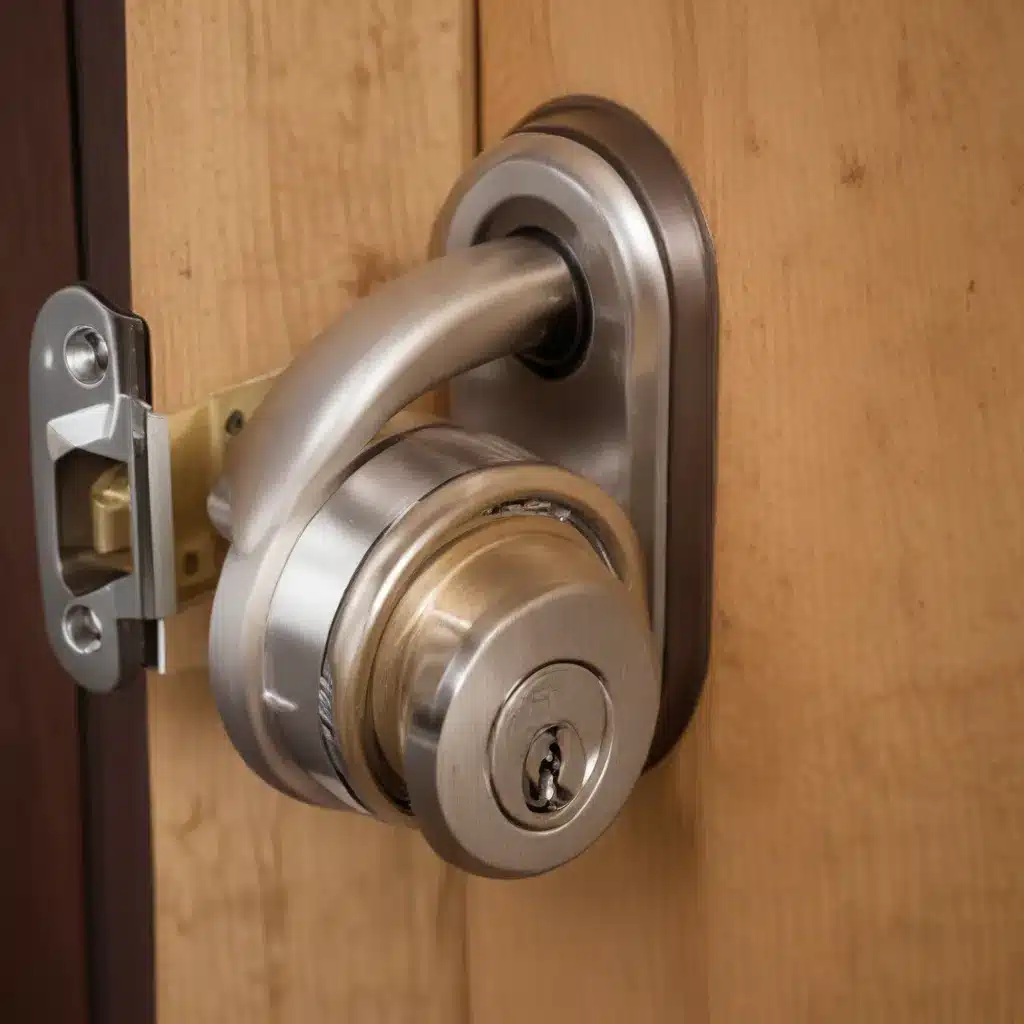
‘Safeguarding Your Business: Optimizing Commercial Lock Performance and Reliability’
As an experienced locksmith from Local Locksmith Washington DC, I’ve seen firsthand the critical role that commercial locks play in safeguarding businesses. In this comprehensive article, we’ll dive deep into the world of commercial lock optimization, exploring advanced security solutions, local insights, and best practices to ensure the reliability and performance of your facility’s access control systems.
Commercial Locks: Unlocking the Key to Business Security
At the heart of any robust commercial security infrastructure lie the locks that control access to your premises. Whether you manage a bustling retail shop, a high-security warehouse, or a prestigious office complex, the locks on your doors are the first line of defense against unauthorized entry. Investing in the right commercial locks and maintaining them diligently can make all the difference in protecting your assets, employees, and customers.
Lock Performance: Achieving Optimal Access Control
When it comes to commercial locks, performance is paramount. A lock that fails to operate smoothly or succumbs to wear and tear can compromise the security of your entire facility. Here are some key factors to consider when evaluating the performance of your commercial locks:
Durability: Commercial-grade locks are engineered to withstand heavy use and environmental factors, such as extreme temperatures, moisture, and impact. Opting for high-quality, tamper-resistant locks can ensure they remain functional and secure for years to come.
Accessibility: The locks you choose should provide convenient access for authorized personnel while effectively deterring intruders. Integrating smart lock technologies, such as keypad entries or biometric scanners, can streamline access control and enhance overall security.
Adaptability: As your business evolves, your security needs may change. Selecting commercial locks that can be easily rekeyed or retrofitted with new hardware can save you time and money in the long run, allowing you to adapt to shifting requirements.
Lock Reliability: Ensuring Consistent Security
Reliable commercial locks are the foundation of a secure facility. When a lock fails unexpectedly, it can disrupt your operations, compromise safety, and leave your business vulnerable to criminal activity. To maintain lock reliability, consider the following:
Preventive Maintenance: Regular inspection, lubrication, and adjustment of your commercial locks can help extend their lifespan and ensure consistent performance. Establishing a proactive maintenance schedule can help you identify and address minor issues before they escalate into more significant problems.
Emergency Preparedness: Equipping your facility with a comprehensive emergency locksmith service can provide a crucial safety net in the event of a lock-related crisis. Having a trusted locksmith on call can help you quickly restore access and security, minimizing downtime and potential losses.
Upgrade Considerations: As technology advances, newer lock systems may offer enhanced features, improved security, and increased reliability. Periodically evaluating your commercial locks and exploring upgrade opportunities can help you stay ahead of evolving security threats and operational demands.
Optimizing Commercial Lock Performance and Reliability
Ensuring the optimal performance and reliability of your commercial locks is a multi-faceted endeavor that requires a strategic approach. By addressing key aspects of commercial lock management, you can create a comprehensive security solution that safeguards your business.
Physical Security: Layering Access Control and Perimeter Protection
Effective commercial security extends beyond the locks on your doors. Implementing a layered approach to physical security can provide robust protection for your facility.
Access Control: Incorporating advanced access control systems, such as keycard readers, biometric scanners, or smart locks, can grant authorized personnel seamless entry while effectively barring unauthorized access.
Perimeter Protection: Strengthening the security of your facility’s perimeter, through measures like reinforced doors, shatter-resistant windows, and monitored surveillance, can create an additional barrier to deter and detect potential intruders.
Intruder Deterrence: Deploying visible security measures, such as prominent signage, motion-activated lighting, or security patrols, can send a clear message to would-be criminals and discourage them from targeting your business.
Risk Management: Identifying and Mitigating Threats
Safeguarding your business requires a proactive approach to risk management. By conducting thorough threat assessments and vulnerability analyses, you can develop effective mitigation strategies to address potential security risks.
Threat Assessment: Evaluate the specific threats your business may face, such as break-ins, vandalism, or theft. Consider factors like your geographic location, industry, and past security incidents to identify areas of concern.
Vulnerability Analysis: Carefully examine your facility’s physical and technological vulnerabilities, including weaknesses in your lock systems, access control procedures, and overall security infrastructure. This analysis can help you prioritize areas that require immediate attention.
Mitigation Strategies: Based on your threat assessment and vulnerability analysis, implement a comprehensive security plan that addresses both physical and digital threats. This may include upgrading locks, enhancing access control measures, and incorporating redundant security systems to create a robust, multi-layered defense.
Facility Management: Maintaining Commercial Lock Performance
Ensuring the long-term performance and reliability of your commercial locks requires a well-structured facility management approach. By establishing proactive maintenance protocols, conducting regular audits and inspections, and considering strategic upgrades, you can safeguard your business against lock-related security breaches.
Maintenance Protocols: Develop and adhere to a consistent maintenance schedule for your commercial locks. This should include regular inspections, lubrication, and adjustments to keep them in optimal working condition.
Audit and Inspection: Conduct periodic audits and inspections of your commercial locks, access control systems, and overall security infrastructure. This can help you identify potential issues, assess the effectiveness of your security measures, and make informed decisions about necessary upgrades or replacements.
Upgrade Considerations: As technology advances and security threats evolve, it’s crucial to regularly evaluate your commercial lock systems and explore opportunities for strategic upgrades. Investing in new, cutting-edge lock technologies can enhance the security and reliability of your facility, helping you stay ahead of emerging risks.
By embracing these principles of commercial lock optimization, you can create a secure and resilient environment for your business, safeguarding your assets, employees, and customers against a wide range of threats. As an experienced locksmith from Local Locksmith Washington DC, I’m committed to providing our clients with the expert guidance and solutions they need to protect their commercial enterprises.


